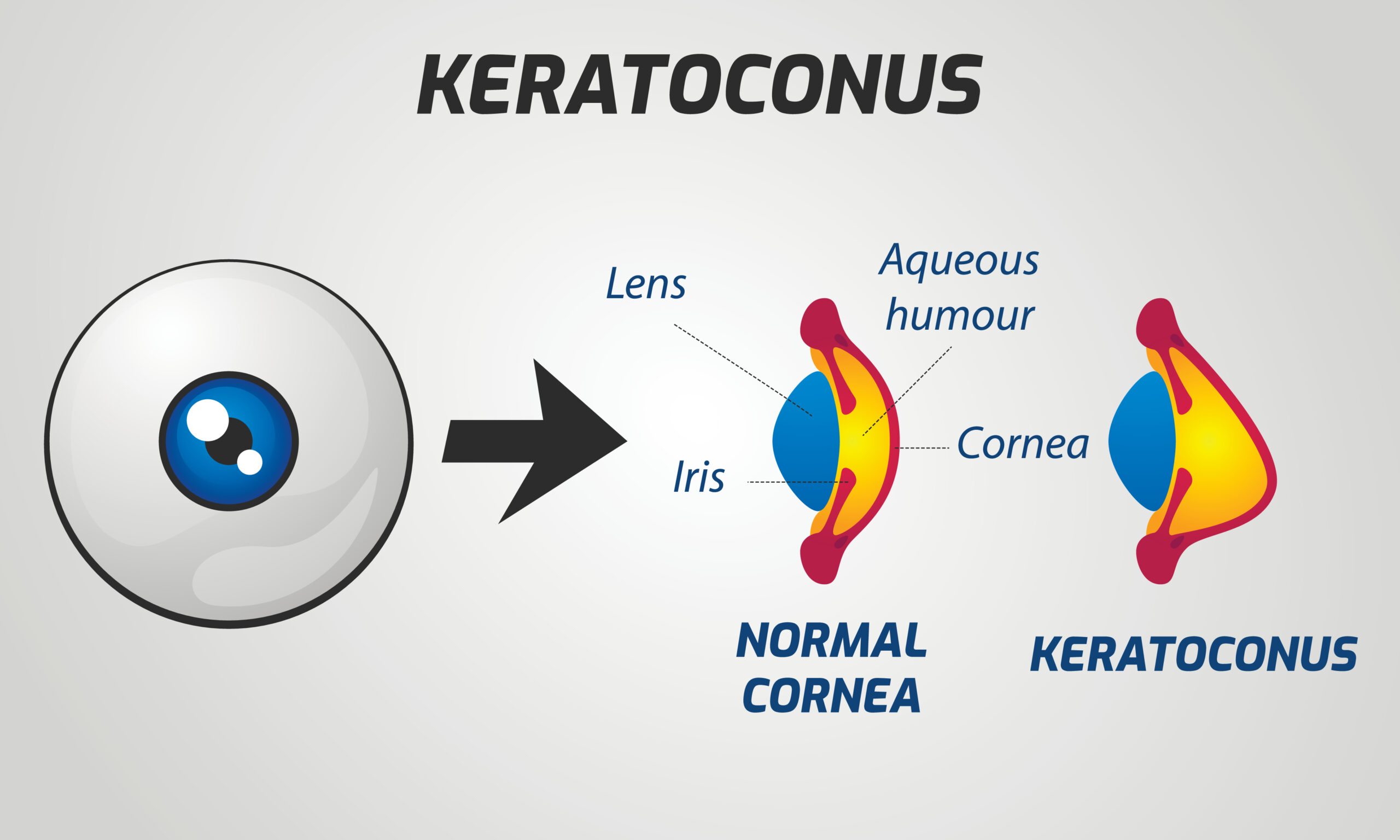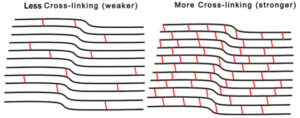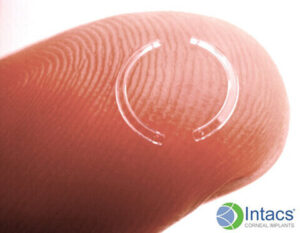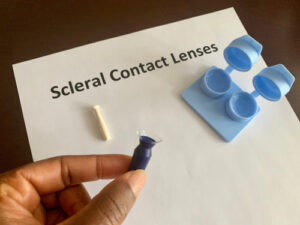Will Intacs Work If I Have Keratoconus?in Boston, MA

Do you or someone you love have keratoconus? Keratoconus is an eye condition that occurs when the cornea thins out and begins to bulge outward.
As a result of this, patients with keratoconus often have eyesight that worsens with time. Some patients may even find that traditional contact lenses and glasses can no longer fully correct their vision, even if they have a much stronger prescription.
Although there is no cure for keratoconus, it is manageable after diagnosis. One way to manage the condition is with Intacs, which are highly effective for many patients with severe keratoconus.
Keep reading to learn more about Intacs and keratoconus and why they help treat this condition!
What is Keratoconus?

Keratoconus is a progressive eye condition that occurs when the cornea, the clear, front part of your eye, becomes thin and begins to stretch out. The round surface of your eye begins to look more like a cone.
As the cornea bulges out and changes shape, it causes your vision to become more blurry and distorted. This can make ordinary activities like driving and reading a book more challenging.
One of the things that’s most difficult about keratoconus is identifying what causes it. Some people develop keratoconus due to genetics, but doctors aren’t always sure why some people have it. You can have keratoconus, even if there’s nobody in your family who has ever had it.
It is sometimes associated with diseases like retinitis pigmentosa, Ehlers-Danlos Syndrome, and even asthma. It can also be triggered by frequent eye rubbing and eye allergies.
The symptoms of keratoconus often begin when most people are in their late teens to early twenties. After first exhibiting visual symptoms, they slowly get worse over the next ten to twenty years.
What are the Long-Term Outcomes of Keratoconus?
You cannot reverse the damage once the cornea has begun changing shape and started bulging out due to keratoconus. As the cornea continues to change in structure, it will only result in your vision worsening.
There may also be corneal scarring in the later stages of keratoconus, making it even harder to see. However, there are ways to slow keratoconus and prevent further damage from occurring.

One popular treatment for keratoconus is called corneal collagen cross-linking. Corneal cross-linking is a therapy that uses riboflavin eye drops and UV light to reinforce the bonds between fibers that make up the cornea.
Using this combination helps to strengthen the cornea and makes it harder for it to stretch out further. Corneal cross-linking can help prevent further damage from keratoconus, but it cannot fix the damage that’s already been done.
If you’ve already noticed significant changes to the shape of your cornea and seen your cornea bulging out, you’ll need further treatment. One way to both slow down the damage from keratoconus and correct your vision is with Intacs.
What are Intacs?

Intacs are for patients with severe keratoconus who can no longer correct their vision by using glasses or contact lenses. Before Intacs, these patients would have needed to have a corneal transplant to correct their vision.
Choosing a corneal transplant can be a complicated and invasive procedure. But Intacs are a treatment that can correct your vision even if your eyesight has been severely affected by the shape of your cornea changing as keratoconus progresses.
Intacs are two tiny, curved pieces of polymer inserted directly into the cornea to reshape the surface of the eye. Once in the cornea, they begin correcting your vision.
Although Intacs are meant to be worn for long-term vision correction, you can have them removed and replaced at a later time if your prescription changes.
How Does Getting Intacs Work?
Undergoing the procedure to have Intacs inserted into your cornea is minimally invasive and lasts about fifteen minutes. Before beginning, you’ll have the surface of your eye numbed with eye drops to prevent any pain.
After the eye drops start working, your eyelids are kept open with a device called a speculum. Your Nielsen Eye Center surgeon uses a precise laser to create a tunnel between the cornea’s outer layers. Then, they will place a customized thickness ring in the tunnel area, which flattens the cornea and reshapes it.
Because the procedure is minimally invasive, recovery is quick. Most patients start seeing better over the next few weeks after getting Intacs. Patients who have more severe cases of keratoconus may still need to use contact lenses and glasses to correct their vision after getting Intacs.
Intacs also help your cornea hold its shape better, making it harder for it to continue stretching out while improving your vision and making your cornea stronger.
Are Intacs Right for You?

Intacs are for patients with severe keratoconus. If you have keratoconus in the early stages, the best way to manage it may be by wearing glasses and contact lenses or considering other treatments like corneal cross-linking.
But if your keratoconus is severe enough that you can no longer correct your vision using traditional visual aids, something like Intacs may help you see better. Most patients with severe keratoconus can get Intacs.
However, the procedure isn’t safe if you’re pregnant, have any conflicting eye conditions, or take certain medications that make it harder for you to heal.
While getting Intacs is a very safe, low-risk procedure, there’s always some risk involved when you choose to have any surgery. The risks associated with having Intacs are low, especially when compared to getting a corneal transplant. For many patients that have severe keratoconus, a corneal transplant is the only alternative.
Make sure to talk to your eye doctor about Intacs about the potential benefits and risks. If you have severe keratoconus, Intacs will likely help you significantly.
Ready to learn more about Intacs as a treatment for severe keratoconus? Schedule an appointment at the Nielsen Eye Center in Boston, MA, now!
We have Patient Advocates waiting to answer the phone and discuss any questions or concerns you may have regarding Intacs, so give us a call at 617-471-5665!



